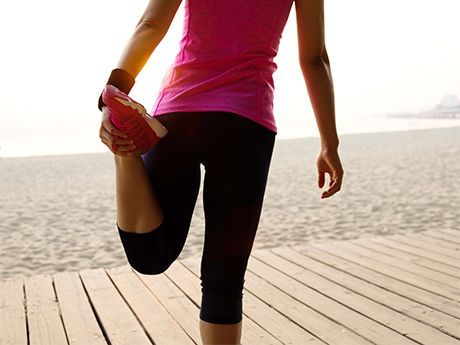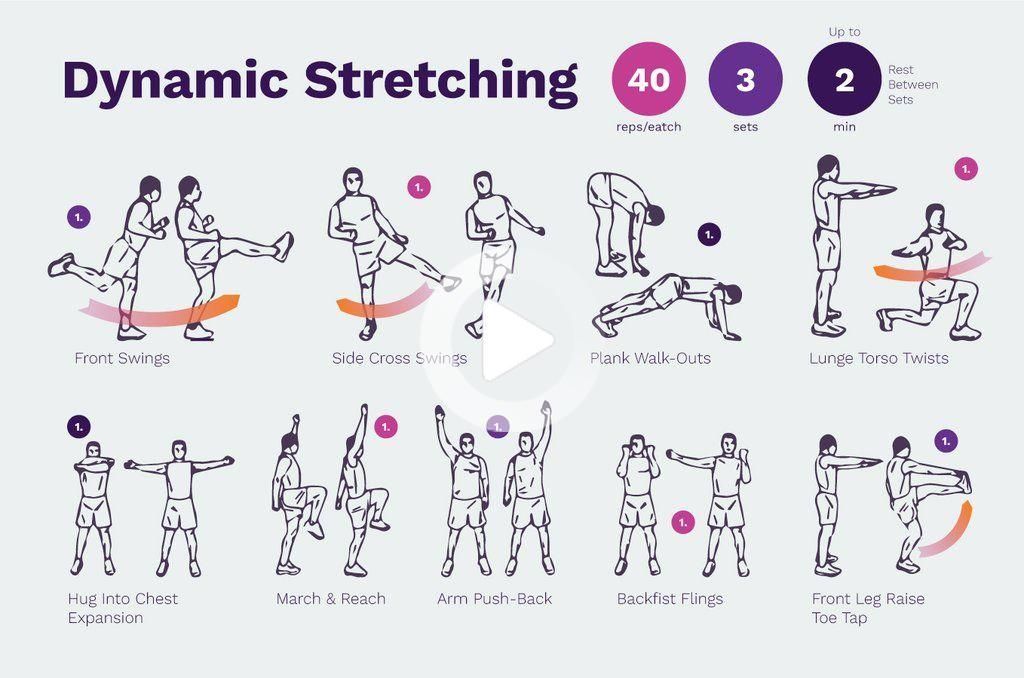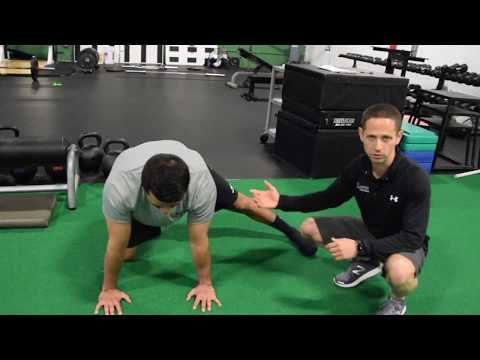Flexibility Training for Athletes: Key Stretches
Flexibility is an essential component of overall fitness for athletes. It not only helps in preventing injuries but also enhances performance. Incorporating a regular flexibility training routine can significantly improve an athlete’s range of motion, allowing them to move more efficiently and effectively during training and competition. In this article, we will discuss some key stretches that athletes should include in their flexibility training regimen.
The Importance of Flexibility Training for Athletes
Flexibility training is crucial for athletes as it helps in preventing muscle imbalances and reducing the risk of injury. By increasing the range of motion around joints, athletes can perform movements with more ease and efficiency. Additionally, improved flexibility can enhance agility, balance, and coordination, all of which are essential for optimal athletic performance.
Key Stretches for Athletes
1. Hamstring Stretch
The hamstring stretch targets the muscles at the back of the thigh. To perform this stretch, sit on the ground with one leg extended straight in front of you and the other leg bent with the sole of the foot touching the inner thigh of the extended leg. Slowly lean forward from the hips, reaching towards your toes while keeping your back straight. Hold this position for 15-30 seconds and then switch sides.
2. Quadriceps Stretch
The quadriceps stretch focuses on the muscles at the front of the thigh. Stand upright and bend one knee, bringing the foot towards your glutes. Grab your ankle with the corresponding hand and gently pull your foot closer to your glutes, feeling the stretch in the front of your thigh. Hold for 15-30 seconds and repeat on the other side.
3. Hip Flexor Stretch
The hip flexor stretch targets the muscles at the front of the hip. Kneel down onto one knee and place the other foot in front, maintaining a 90-degree angle at the knee. Gently push your hips forward, feeling the stretch in the front of your hip. Hold for 15-30 seconds and then switch sides.
4. Shoulder Stretch
The shoulder stretch helps in increasing flexibility and mobility in the shoulder joint. Stand straight and extend one arm across your chest, holding it in place with the other arm. Gently pull the arm towards your body until you feel a stretch in the shoulder. Hold for 15-30 seconds and repeat on the other side.
5. Calf Stretch
The calf stretch focuses on the muscles at the back of the lower leg. Stand facing a wall, placing your hands on the wall for support. Step one foot back, keeping both feet flat on the ground. Lean forward, bending the front knee while keeping the back leg straight. You should feel a stretch in the calf of the back leg. Hold for 15-30 seconds and then switch sides.
Incorporating Flexibility Training into Your Routine
Now that you are familiar with some key stretches for athletes, it is essential to incorporate flexibility training into your regular workout routine. Here are a few tips to get you started:
1. Warm-up First
Always perform a warm-up before starting your stretch routine. Warming up increases blood flow to the muscles, preparing them for the stretches to follow and reducing the risk of injury.
2. Dynamic Stretches
Incorporate dynamic stretches into your warm-up routine. Dynamic stretches involve moving parts of your body through a controlled range of motion, activating the muscles and preparing them for exercise or competition.
3. Cool-down and Static Stretches
After your workout or training session, include static stretches in your cool-down routine. Static stretches involve holding a position for a specific duration, allowing the muscles to relax and elongate.
4. Gradual Progression
Start with easier stretches and gradually progress to more challenging ones. Listen to your body and avoid pushing yourself too hard, as overstretching can result in injury. Be patient and consistent with your flexibility training.
Conclusion
In conclusion, flexibility training is a vital aspect of an athlete’s overall fitness and performance. Incorporating key stretches into your routine can help improve range of motion, prevent injuries, and enhance athletic performance. Remember to warm up properly, include dynamic stretches, and cool down with static stretches. With consistent and gradual progression, you can achieve greater flexibility and optimal athletic ability.


